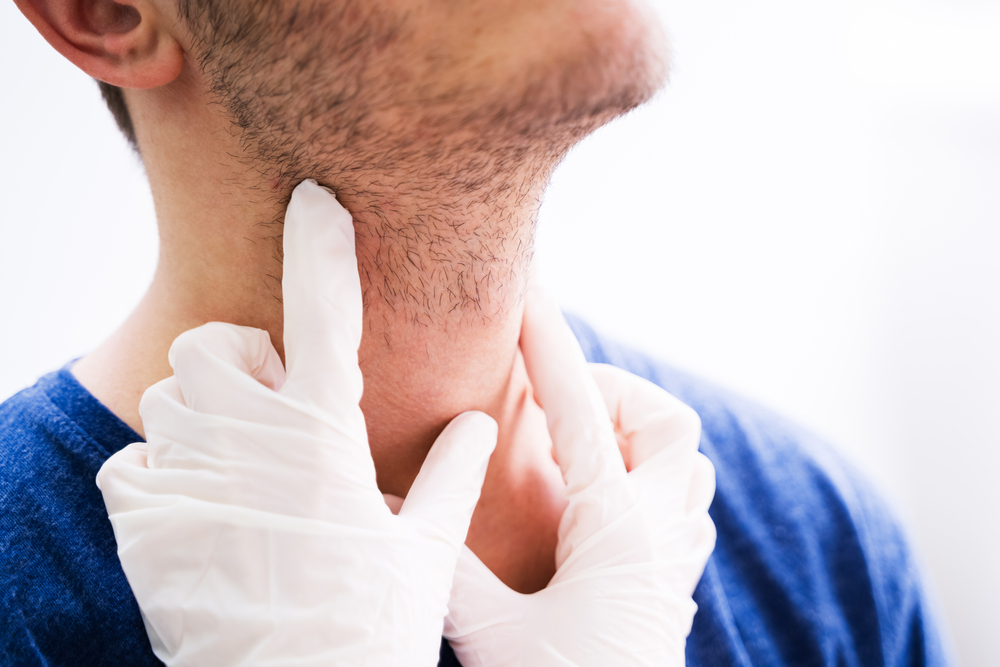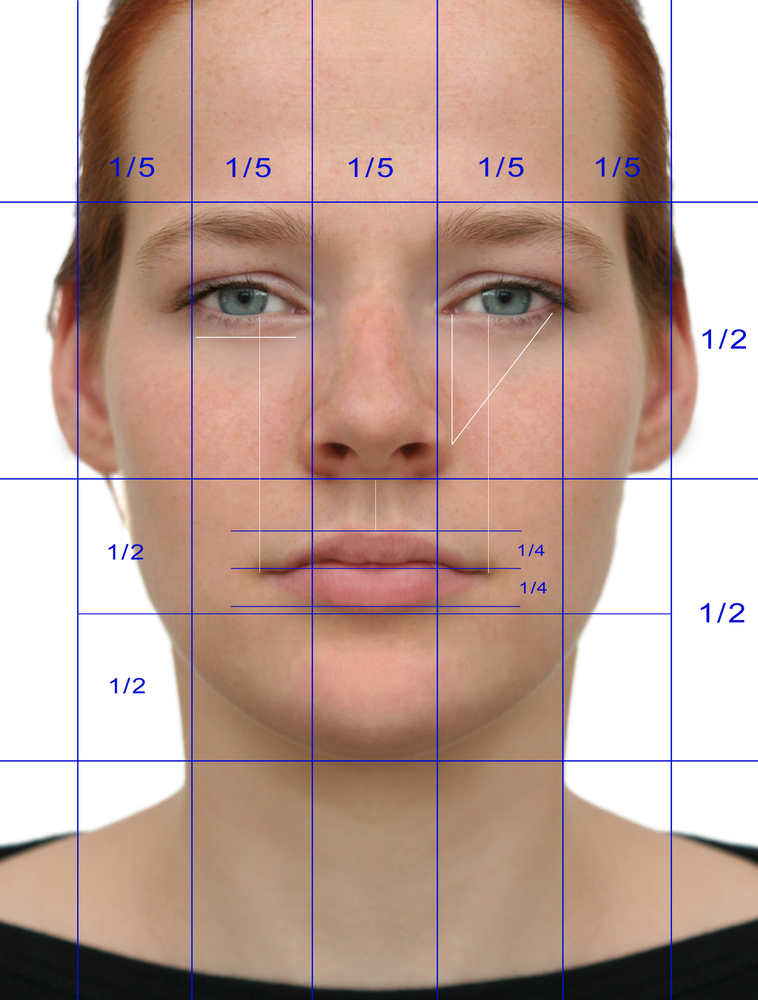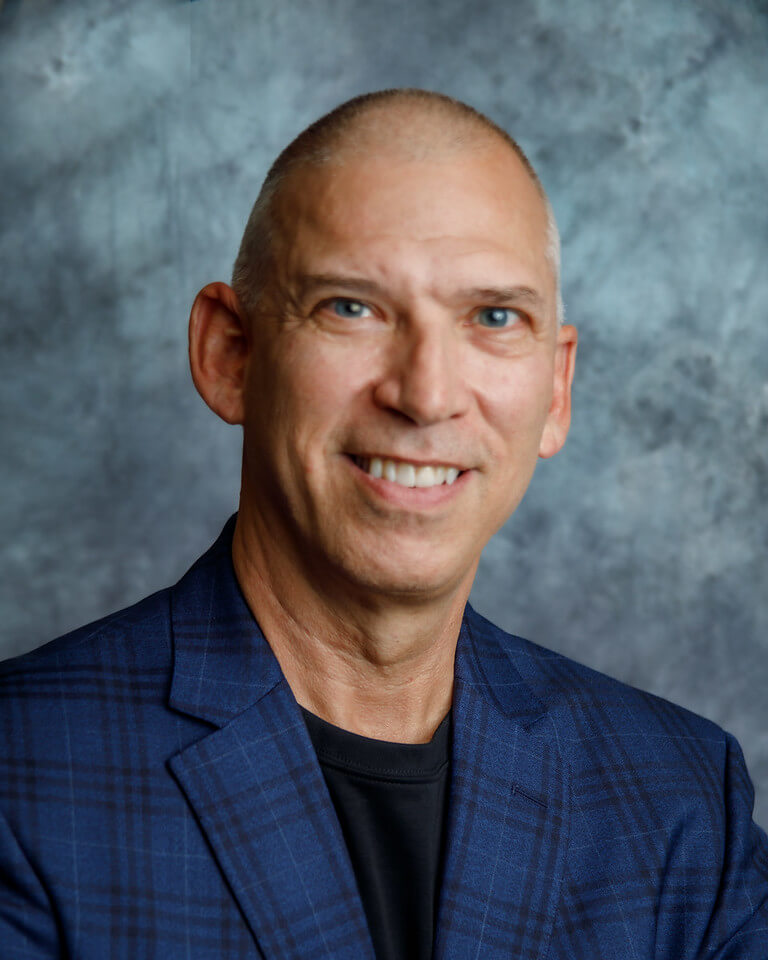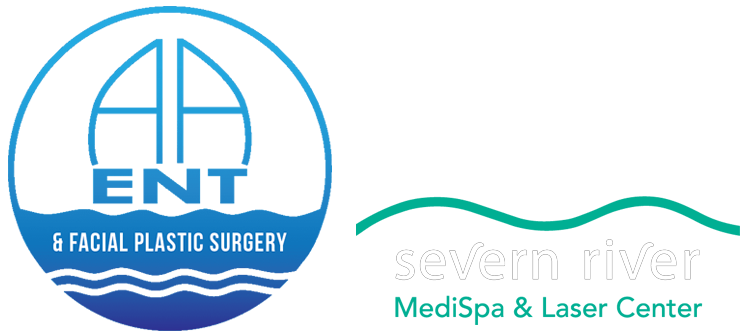There are three pairs of salivary glands called the parotid, submandibular, and sublingual salivary glands. They are responsible for the production of saliva. Saliva is important for keeping your mouth moist, preventing rapid tooth decay, and helping you digest food. Salivary glands are relatively small and are located around the inner walls of the mouth, lips, and cheeks.
The most common problem in the salivary glands occurs when the ducts are blocked and saliva cannot drain. These blocked or enlarged glands can cause painful symptoms including a painful lump, fever, and swelling. Many diseases can affect your salivary glands. These range from cancerous tumors to Sjogren’s syndrome. While some conditions resolve with time or antibiotics, others require more serious treatment, including surgery. The following article will highlight common types of salivary gland disorders and the treatment options the Anne Arundel ENT team can provide.
Tumors
Cancerous and noncancerous tumors can form in the salivary gland. However, most salivary gland tumors are benign or noncancerous and grow in the parotid gland. Some of the most common types of tumors are the following:
- Pleomorphic adenoma is the most common parotid tumor. It grows slowly and is benign. Pleomorphic adenomas start as painless lumps on the back of the jaw, just below the earlobe. These tumors are more common in women.
- Benign pleomorphic adenomas can also grow in the submandibular and minor salivary glands but are less common than the parotid glands.
- Warthin’s tumor is the second most common benign tumor of the parotid gland. This is more common in older men.
- Cancerous (malignant) tumors are rare in the salivary glands and usually appear between the ages of 50 and 60. Some species grow quickly and others grow slowly.
Sialolithiasis
Sialolithiasis is a benign condition in which stones form in the vessels of the major salivary glands. It is the most common cause of salivary gland swelling. In some cases, salivary stones can block the salivary ducts, causing inflammation, a superimposed bacterial infection called sialadenitis, or, rarely, abscess formation. There are several symptoms, the most common of which are periodic postprandial swelling of the affected glands and decreased saliva flow.
Sialadenitis
Sialadenitis is an infection of the salivary glands. It is usually caused by stones blocking the gland. There are both acute and chronic forms. Sialadenitis is usually associated with pain, tenderness, redness, and gradual localized swelling in the affected area. Older adults and infants are most at risk of developing the condition.
Sjogren’s Syndrome
Sjogren’s syndrome is another common autoimmune disorder that affects the salivary glands. This disorder occurs when white blood cells target healthy cells in glands that produce water, such as salivary, sweat, and oil glands. This condition most commonly affects women with autoimmune diseases such as rheumatoid arthritis, lupus, scleroderma, and polymyositis.
Other Infections
Viruses and fungi infections can make the salivary glands enlarge. These infections include flu virus, mumps, Coxsackie virus, echovirus, and cytomegalovirus. Salivary infection symptoms include pain, hard swelling, fever, and drainage of infectious fluid from the gland. Infections are more likely to occur when the mouth is dry due to a stone, inadequate fluid consumption, and certain medications.
If you notice mouth pain, trouble opening your mouth, or a bad taste, you could suffer from a salivary gland disorder. To learn more about the types of salivary gland disorders or to receive treatments contact Anne Arundel ENT in Maryland. Our team has over 20 years of serving Annapolis, Severna Park, and surrounding communities with personalized ENT care, facial plastic surgery, and medi-spa experiences. Call today at 410-573-9191 to make an appointment.








